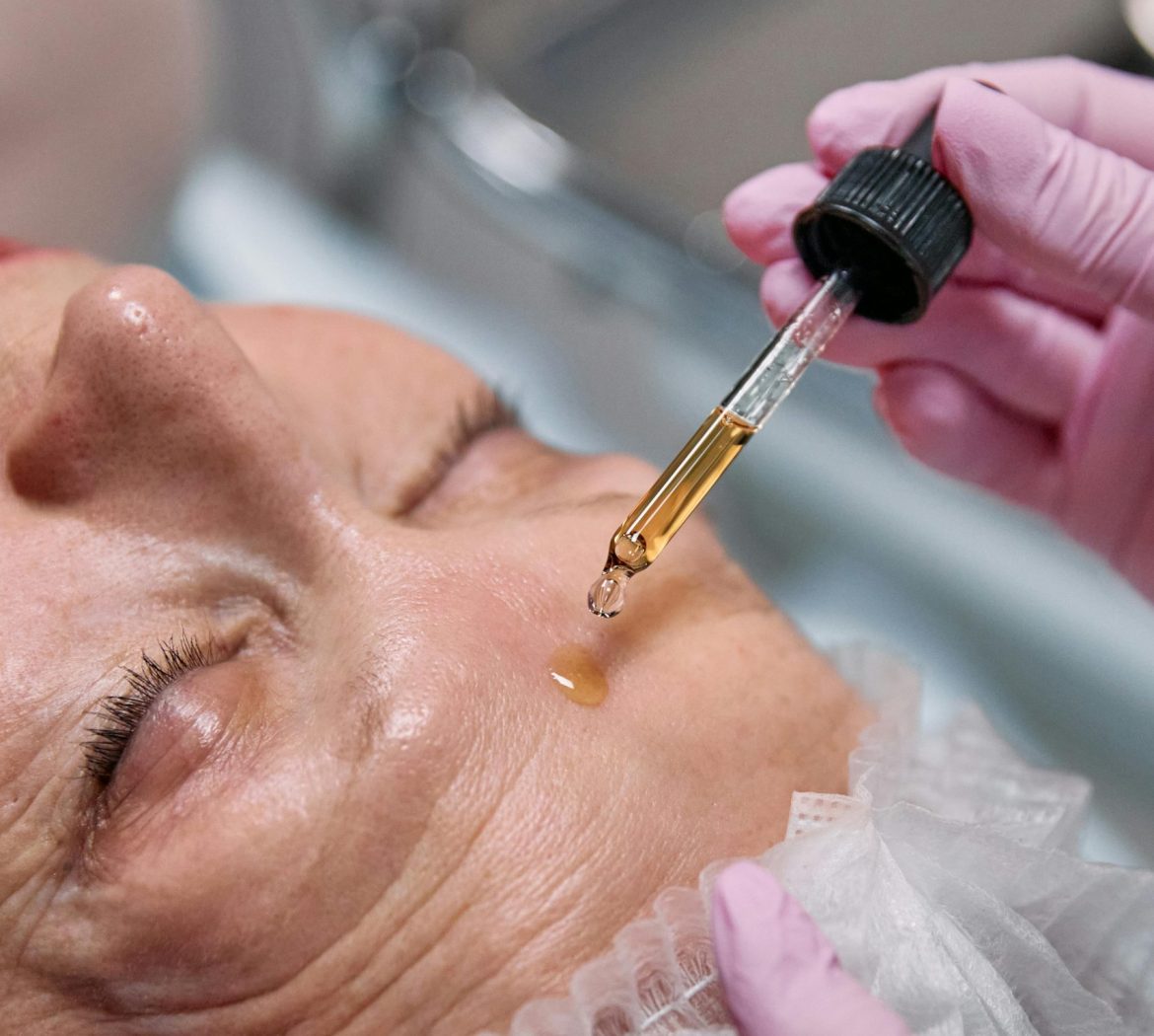As the temperatures are rising for the warmer seasons, your skincare routine gets a seasonal refresh. It’s tempting to swap out heavier products for lighter, breezier textures. But, if there’s one skincare staple that should remain firmly in your lineup year-round, it’s vitamin C.
This powerhouse antioxidant is more than just a brightening hero – it’s your skin’s best defence against environmental damage. However, using vitamin C during the warmer months does come with a few golden rules to ensure your glow stays radiant and not reactive.
Here’s how to use vitamin C serums safely in summer — and why they deserve a permanent spot in your routine.
Why you should be using Vitamin C in Spring/Summer
It protects your skin from sun damage (yes, really).
Vitamin C works as a potent antioxidant, neutralising free radicals caused by UV rays and pollution — two of the biggest culprits behind premature ageing and dullness. While it’s not a replacement for sunscreen, it’s the perfect supporting act to your SPF, offering an extra layer of protection.
It brightens and evens skin tone.
Summer often brings pigmentation, sunspots, and uneven tone — especially if you’re prone to post-inflammatory marks. Vitamin C helps inhibit melanin production, leaving your complexion more even and luminous.
It supports collagen production.
UV exposure can break down collagen, leading to fine lines and loss of firmness. Vitamin C boosts collagen synthesis, helping your skin look plump and youthful even through the sunniest days.
How to use Vitamin C safely in the warmer months
1. Apply it in the morning (before SPF).
Vitamin C is most effective when applied in the morning after cleansing and before your sunscreen. The combination of vitamin C and SPF creates a strong shield against environmental stressors throughout the day.
2. Store it correctly.
Vitamin C is notoriously unstable — heat and sunlight can degrade its potency. Always store your serum in a cool, dark place (think bathroom cabinet, not windowsill). If it starts to turn dark orange or brown, it’s likely oxidised and time to replace it.
3. Start slow if you’re new.
If you’re introducing vitamin C into your routine, start with a lower concentration (around 10%) and use it every other morning. As your skin builds tolerance, you can gradually move up to 15–20%.
4. Always, always pair with sunscreen.
Vitamin C amplifies your SPF’s effectiveness — but on its own, it doesn’t protect you from UV rays. Skipping sunscreen defeats the purpose of vitamin C entirely. Opt for a broad-spectrum SPF 30 or higher.
5. Hydrate after application.
Some vitamin C formulations can feel slightly drying, especially in hot weather. Layer it with a lightweight hydrating serum or moisturiser to keep your skin balanced and comfortable.
Vitamin C serums are a summer must-have — not a seasonal swap-out. When used correctly, they work in harmony with your sunscreen to brighten, protect, and strengthen your skin barrier, even under intense sun exposure.
So go ahead and keep that vitamin C in your rotation but have caution with the sun.
ALSO SEE:
Jet plasma: the skin treatment that promises elasticity and radiance
Featured Image: Pexels

